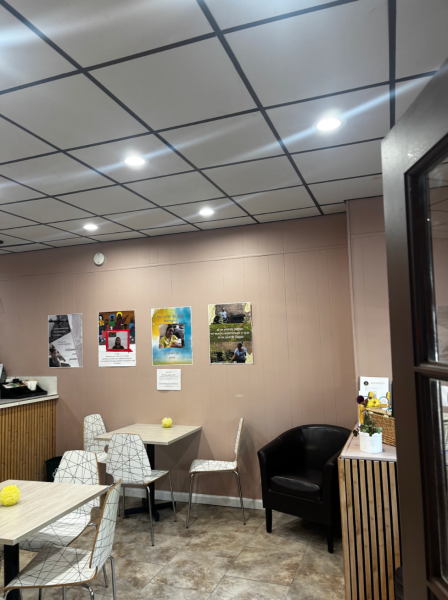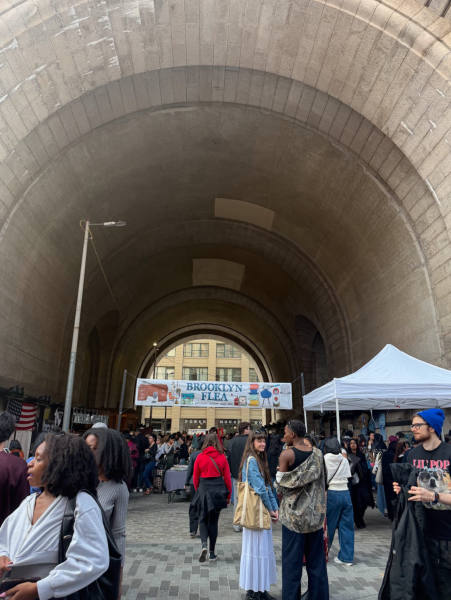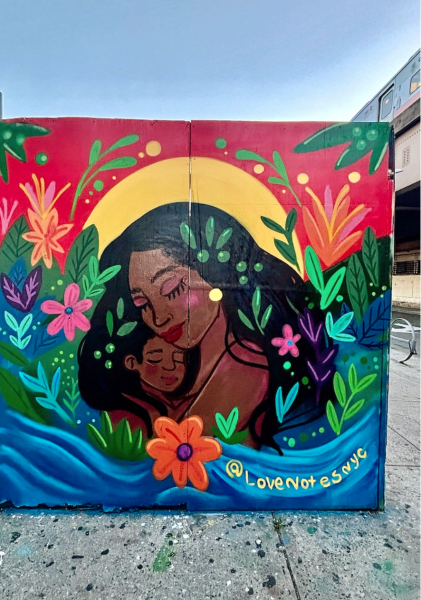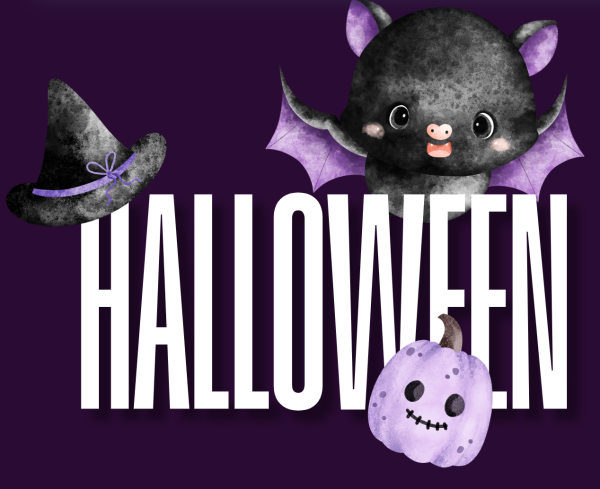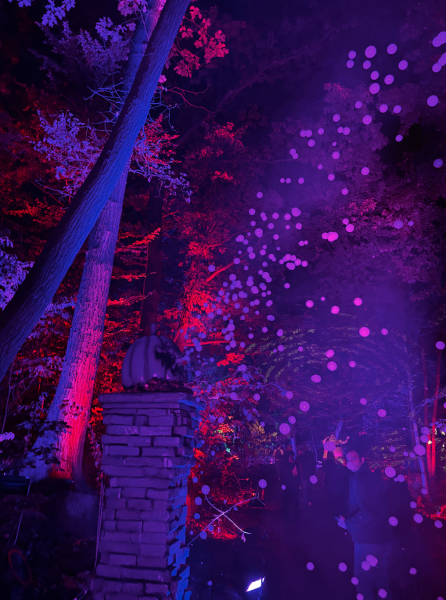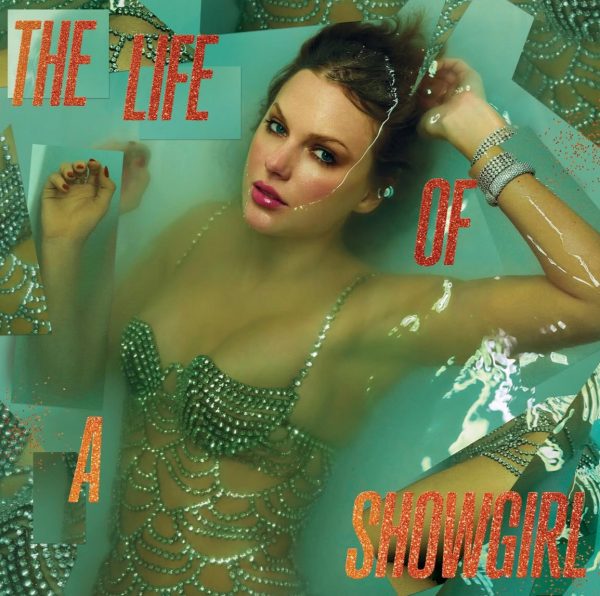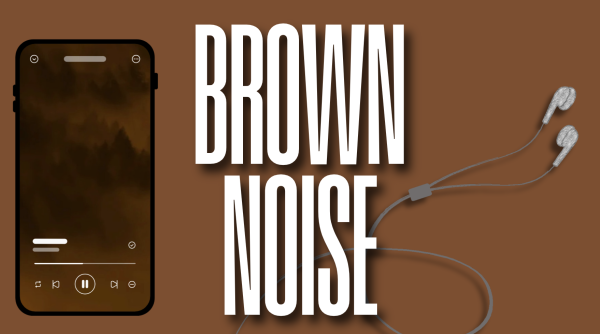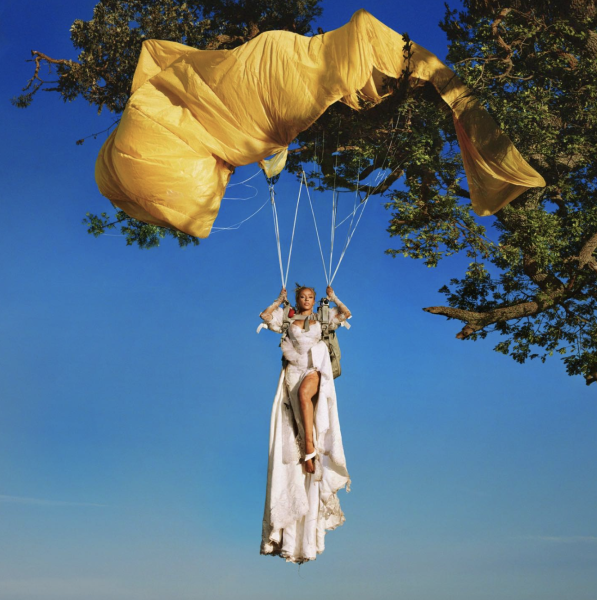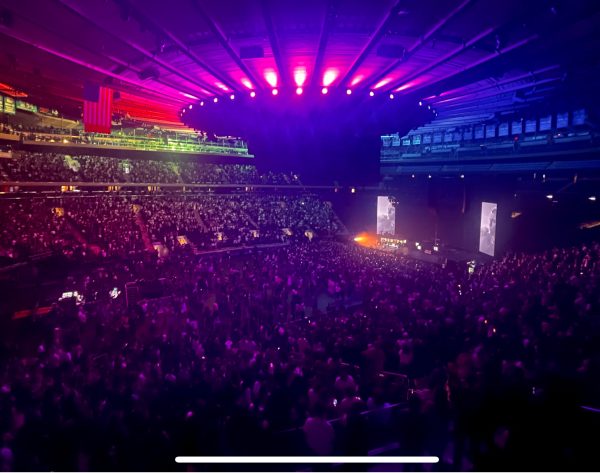“FUTURE PAST” Perfectly Merges the Past and the Present
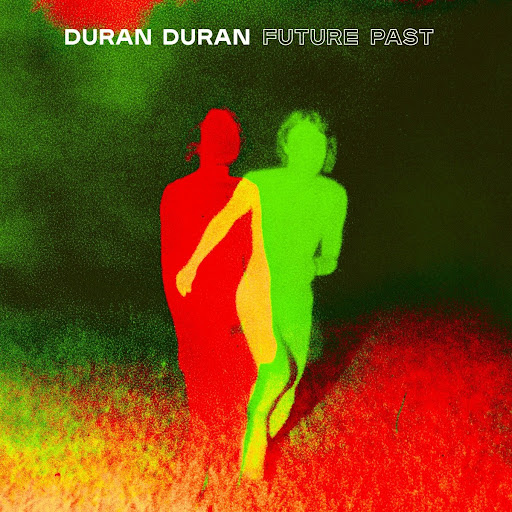
Like its title suggests, Duran Duran’s new album, “FUTURE PAST,” perfectly merges its golden-age-new-romantic origin with the pop sensibility of a post-Jack Antonoff world. (courtesy of Facebook)
From the opening chorus of guitars to the closing menagerie of synthesizers, it’s easy to forget that this is a new album and not a prophetic follow-up to Duran Duran’s 1993 album “Seven and the Ragged Tiger.” With the exception of guitarist Andy Taylor, every member from Duran Duran’s original album plays with the same exceptional styles that create the iconic and instantly recognizable Duran Duran sound. John Taylor’s bass is as bouncy and melodic as ever, while Simon Le Bon joins the few ’80s pop vocalists whose voice has undergone little-to-no aging.
While “FUTURE PAST” is incredibly reminiscent of old Duran Duran, the influences of modern pop music cannot be ignored when listening to the album. To prevent the album from feeling too nostalgic, the instrumental playing style is amended by a distinctly modern production style.
Synthesizers are less tightly operatic and much more grand in their chorus, creating a subtle effect that fills up a whole room before anyone can even notice, while the release on many of the digital instruments is allowed to breathe before getting cut short. Le Bon’s voice is airy, floating above the electronic strings and reverberant guitars. These are not the same production techniques used by classic Duran Duran, but a sign that the band is finally learning how to properly adapt its sound to the modern pop world. This is a step forward from the 2015 album “Paper Gods,” which saw the band almost completely drop its unique sound in favor of contemporary dance-pop.
At its core, adapting to the present makes up the thematic idea of “FUTURE PAST.” As bassist John Taylor said in an interview with the Los Angeles Times, “‘FUTURE PAST’ is a very emotional album. There’s not a lot of faff on it … Many of the songs are about emotional crises, or long-term intimacy issues, let’s call them.”
These emotional lyrics are present from the very beginning of the album. The chorus on the first track, “INVISIBLE,” reflects reverse-hauntological destruction of the past: “When you can’t even say my name / Has the memory gone? Are you feeling numb? / And have I become invisible?”
The chorus shows an understanding that the future relies on advancement from the past, no matter how the past still apparates. The title track also creates strong support for this theme: “For what will never last / Each moment created in time / It’s all a future past / That we are living now.”
Even the album art on “FUTURE PAST” reflects the simultaneous separation and unification of future and past. Composed by Art Director Rory McCartney using photos from photographer Daisuke Yokota, the figures were colorized from their original black-and-white. The colorization makes the two figures distinct from each other, making it clear that they each represent two very different ideas. Keeping consistent with the album’s themes, the logical conclusion is that they represent the past and future. Even though one is running away from the other, showing the natural separation, the two images are overlaid on top of each other to show how intimately the past and future are connected.
In this album, Duran Duran excelled at finding both a theme that remains in the instrumentals, production, lyrics and art direction.

Sebastian Diaz is a senior from Chapel Hill, N. C. who is double majoring in journalism and film. After starting as a news reporter for The Fordham Ram...





































































































































































































